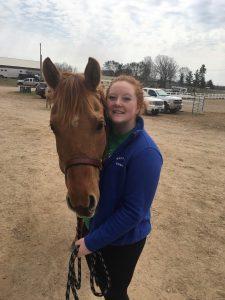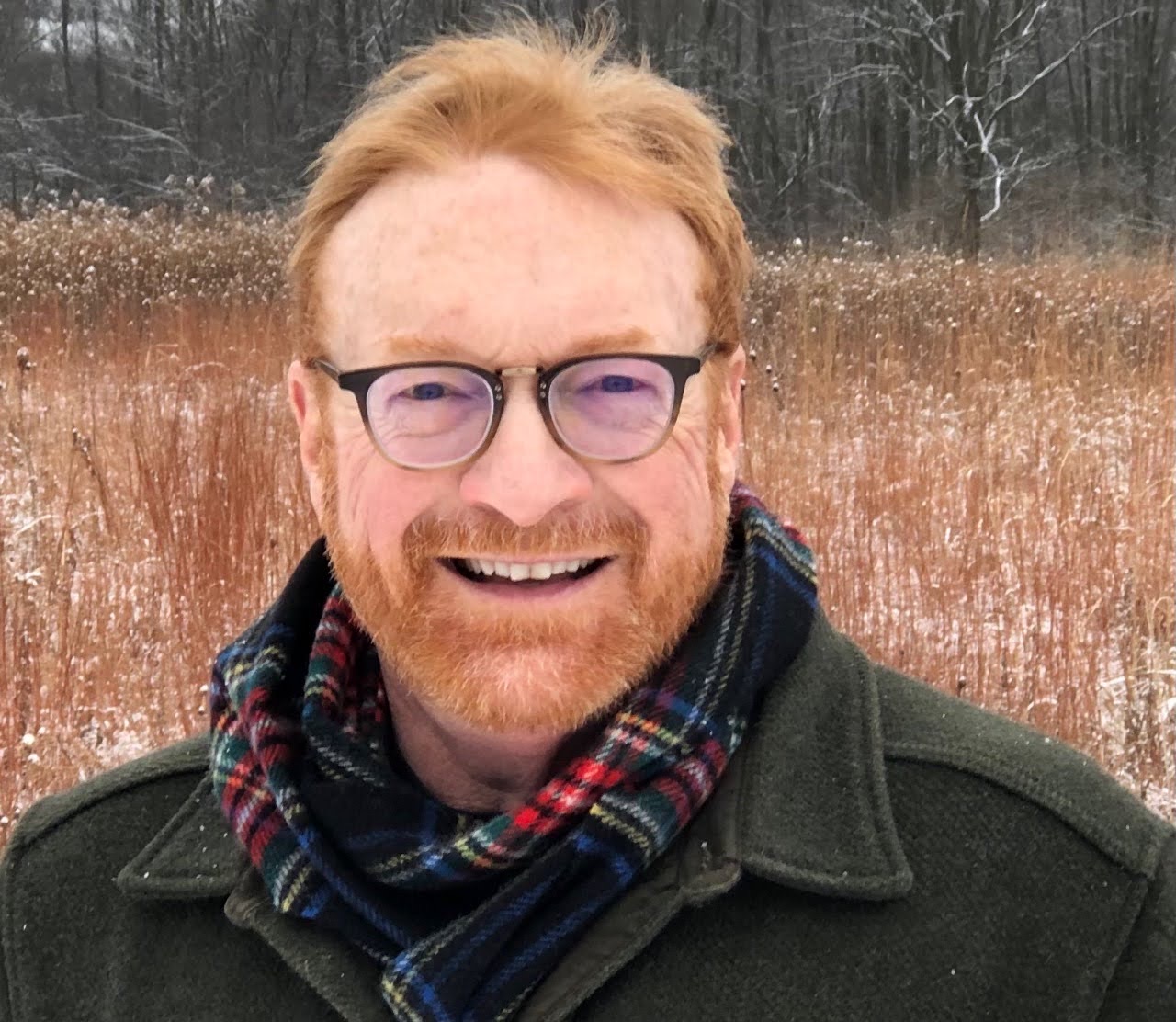Learning about environmental problems can be an emotional roller coaster. It is extremely daunting to face the many challenges that will fall on the shoulders of my generation.
Growing up on a small horse farm in the heartland state of Wisconsin made me no stranger to nature. My childhood was spent playing outside and working with animals. Over those 18 years, I developed a relationship with the environment and a respect for the ways of nature. It wasn’t until college that I realized how important that relationship was to me.
Kids want to be all kinds of things when they grow up. Second to being a princess, I wanted to be a doctor. I have always had a passion for human health and a desire to help others. I entered college with the plan to go into physical therapy. I enjoyed taking classes as a biology major and learning about the workings of human and ecosystem life processes. At age 19 I left Wisconsin to study abroad in Scotland. While there, I took a class called global environmental issues, where my eyes were opened for the first time. I was shocked to learn about issues like climate change, the realities of pollution, and environmental justice. Upon returning to Wisconsin, I immediately added a minor in environmental studies to my degree and quickly fell in love with it.
 Learning about environmental problems can be an emotional roller coaster. It is extremely daunting to face the many challenges that will fall on the shoulders of my generation. Climate change, global pollution, food insecurities, loss in biodiversity, deforestation, resource depletion, and increased chemical exposures, to name a few. Each issue comes with its own dark fate that many people choose to hide from. Ecoanxiety is a real emotion that many people feel, especially when first introduced to environmental issues. I remember a particular conversation with my environmental toxicology class where many students, including myself, shared the anxieties around deciding whether or not to have children, knowing all the environmental burdens to come in the future. The fear for our future is very real, but I decided that it is scarier to sit around and do nothing than it is to face these disasters.
Learning about environmental problems can be an emotional roller coaster. It is extremely daunting to face the many challenges that will fall on the shoulders of my generation. Climate change, global pollution, food insecurities, loss in biodiversity, deforestation, resource depletion, and increased chemical exposures, to name a few. Each issue comes with its own dark fate that many people choose to hide from. Ecoanxiety is a real emotion that many people feel, especially when first introduced to environmental issues. I remember a particular conversation with my environmental toxicology class where many students, including myself, shared the anxieties around deciding whether or not to have children, knowing all the environmental burdens to come in the future. The fear for our future is very real, but I decided that it is scarier to sit around and do nothing than it is to face these disasters.
The next question is, how can I really make a difference? Perhaps the most important lesson I learned from my minor is that all the environmental problems are deeply connected to one another. All living things work to maintain homeostasis. When one system is disrupted, the entire body is affected. The same is happening with our world.
These connections led me to the Heartland Health Research Alliance. Human health is greatly impacted by the functioning of the environment. I wanted to combine my passions for human health and environmental issues. Children today are born with and face more toxins and chemical exposures than ever before. We are just beginning to understand the impacts of environmental toxins in our bodies. It took me 22 years to learn that growing up on a farm in the heartland could have had an impact on my health and even my future children’s health. Every year I remember the giant tractors driving down the road to spray the corn field located two steps past my backyard. Researching the effects of these chemicals is one of HHRA’s missions. I am grateful to be involved with HHRA and The Heartland study in prioritizing human and environmental health. Everyone should have access to clean water, safe air, and non-toxic food. The first step to take is to educate yourself and know that small actions can lead to big changes. I’ll end with the quote that always keeps me going.
“Unless someone like you cares a whole awful lot, nothing is going to get better, it’s not.” -The Lorax
____
Blog contribution by Grace Koch, HHRA Project Support Coordinator. Grace Koch has been an environmental and human health advocate her whole life. Grace’s interest in human health and the environment led her to pursue a bachelors degree in biology, with a minor in environmental studies, from the University of Wisconsin La Crosse. At UWL, Grace was able to gain experience working with environmental and health related issues. She worked on projects including speaking at a local climate change education event and working as the community outreach liaison for the removal of toxic rubber chips from children’s playgrounds in La Crosse, Wi. Grace received the student excellence award for her dedication to the environmental studies program.





